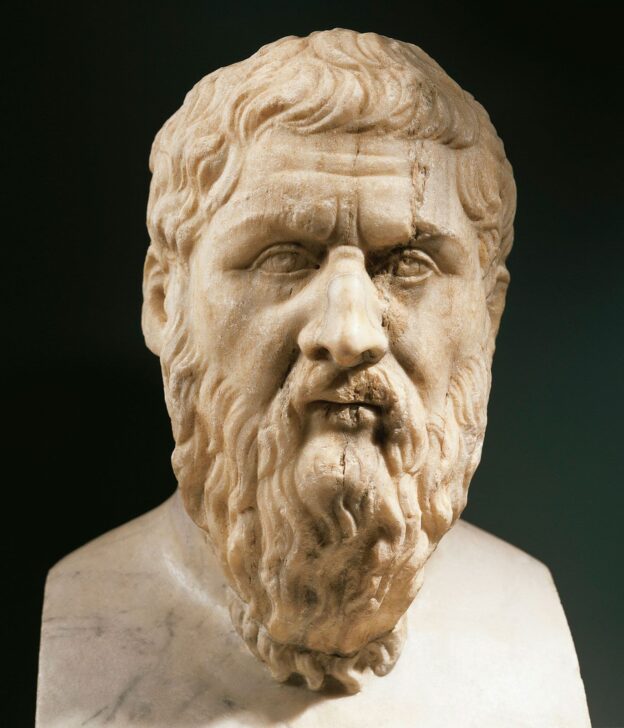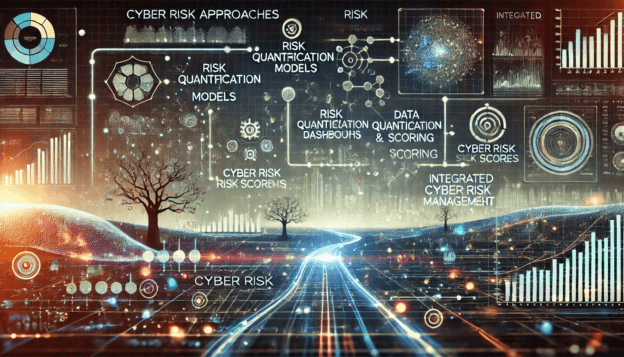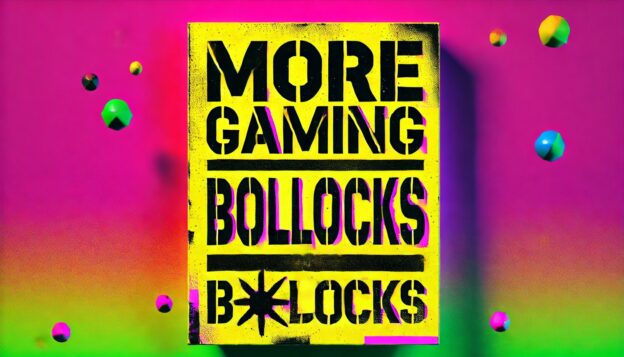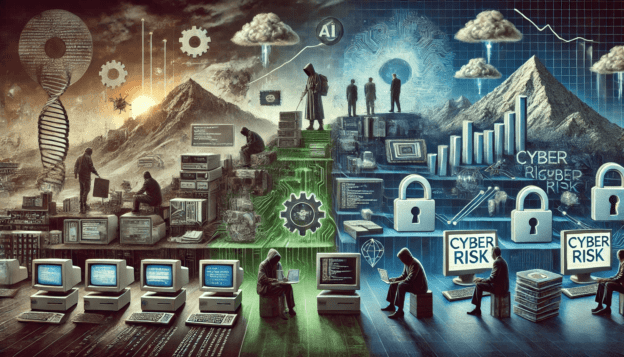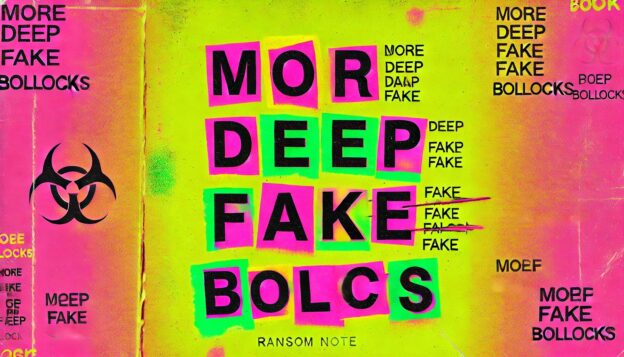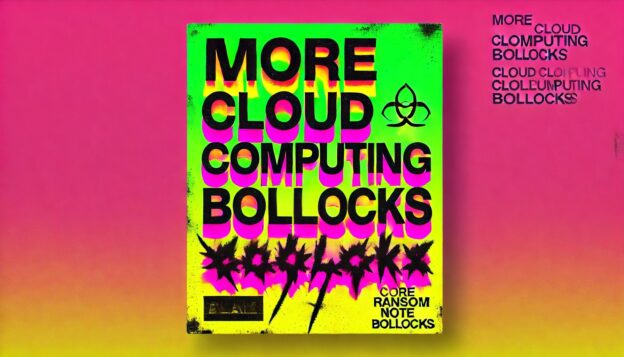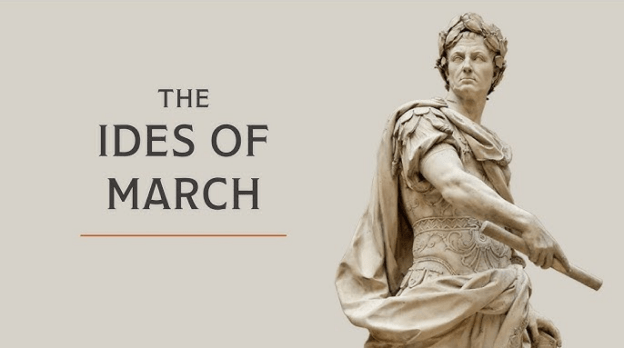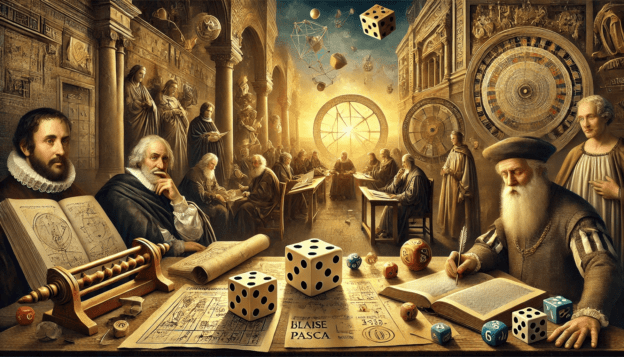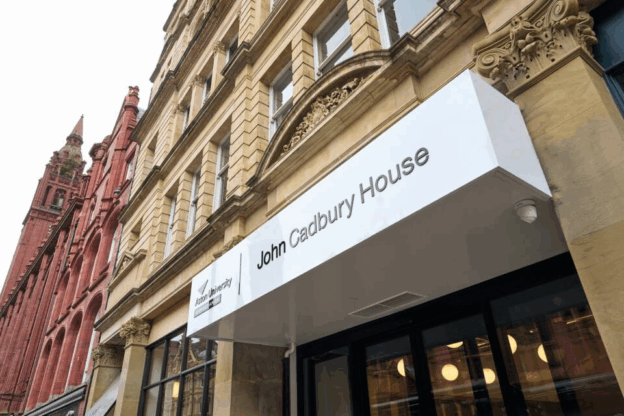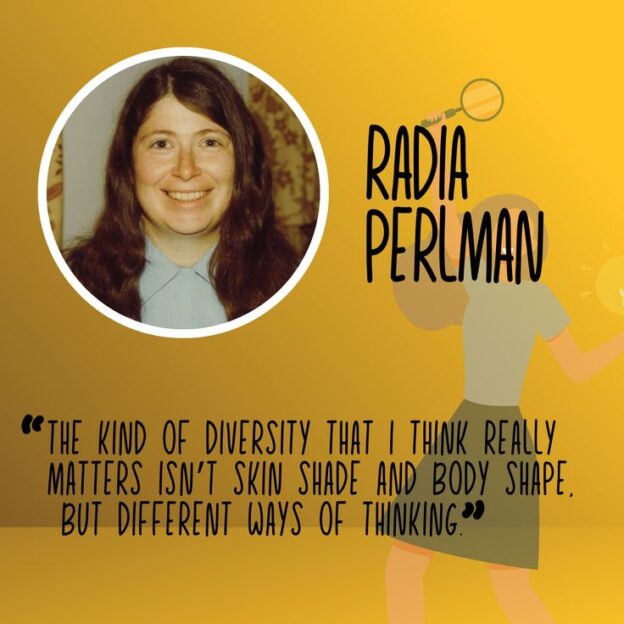The Factor Analysis of Information Risk (FAIR) framework has emerged as a cornerstone in cyber risk quantification, enabling organisations to measure and communicate risk in financial terms. FAIR’s evolution represents a shift from traditional qualitative assessments to a structured, quantitative model that aligns cybersecurity strategies with business objectives. By breaking down risk into probability and impact components, FAIR provides decision-makers with actionable insights to prioritise investments and mitigate threats effectively.
Continue reading

